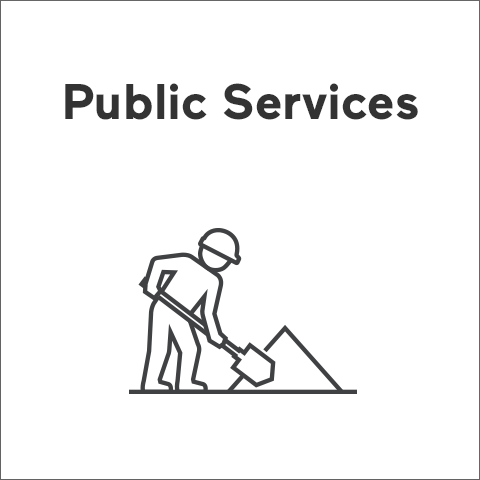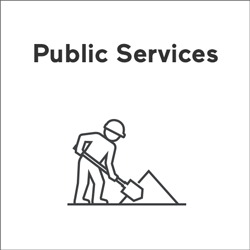Breaking down SAQ prices
Dear Customers,
The Société des alcools du Québec (SAQ) made its first upward price adjustment of 2023 on Saturday, June 18. Overall, the prices of regular and continuous replenishment products rised an average 1.1%.
Originally scheduled for May, the price adjustment was postponed to give the SAQ time to integrate the recent drop in ocean transport costs into its price structure. Those costs rose sharply during the COVID-19 pandemic, and the SAQ had committed to ensuring that the retail prices of its products would reflect any future freight cost reductions. As a result, the SAQ has been able to limit the average price increase for its products to 1.1%, largely by lowering the prices on nearly 800 items.
The SAQ has among the lowest prices in Canada
As an importer, distributor and retailer of more than 40,300 products coming from 3,800 suppliers in 77 countries, we negotiate the prices for more than 10,000 products with several hundred producers, suppliers and agents each year. The goal of these negotiations is always to offer fair and competitive prices to customers.
Our teams’ hard work has enabled the SAQ to offer among the best prices all around the liquor boards of Canada since 2018. In fact, most of the products on SAQ shelves are priced lower than anywhere else in North America.
Despite this enviable state of affairs, the issue of product prices at the SAQ resurfaces from time to time in the news. The media, public and customers all legitimately wonder about the price-setting process, the components that make up the price (taxes, markup, dividend paid to the Quebec government, etc.) and the negotiations held with industry stakeholders.
That is why we are providing detailed information to help you understand how the SAQ arrives at fair and competitive prices for the products it sells.
Strict negotiation process
Over the years and particularly since the SAQ’s transformation, we have instituted a strictly managed price negotiation process. Backed by detailed knowledge of the various markets and products, our teams are in regular contact with producers, suppliers and agents here and abroad. That is the only way to ensure we obtain the best possible prices for customers.


Price increases limited to two periods a year
- Twice a year, producers, suppliers and agents can apply to raise the prices of their products.
- Requests to increase product prices can be submitted only during specific price change request periods.
- Each of the SAQ’s account managers then enters into discussions with the producer, supplier and/or agent to understand the reasons for the price change request. Typical reasons are labour costs, raw material prices, unfavourable weather and higher taxes and duties.
- The price change request is studied and discussed internally to be sure the SAQ can justify the price increase. In some cases, a request may be refused due to lack of justification.
- At the end of the negotiation process, the SAQ either grants or refuses the price change request for the product or products concerned.
Price increases announced
- In a spirit of openness, the SAQ publishes each year the number of products affected by the price increases and the average amount of the increase in various product categories.


Price decreases allowed at any time
- Note that prices can be lowered at any time.
- Whenever a request to decrease prices is received, our teams make a priority of adjusting the product’s retail price so customers can begin enjoying lower prices as soon as possible.
Breakdown of the sales price
The price you pay for your bottle of wine or spirits has several components:
- Excise taxes and customs duties paid to the Government of Canada
- Federal goods and services tax
- Specific tax on alcoholic beverages paid to the Quebec government
- Provincial sales tax
- Supplier price (including shipping)
- Markup
Once again, various factors can affect one or more of these components, causing a change in the product’s retail price.
Imported wine, 750 ml format
(in dollars and percentages)
March 26, 2022
- (1) Continuous replenishment products.
- (2) The markup covers selling, marketing. distribution and administrative expenses and generates net income.


Local spirits, 750 ml format
(in dollars and percentages)
March 26, 2022
(1) The markup covers selling. marketing, distribution and administrative expenses and generates net income.


All Quebecers benefit from the SAQ
Under the act (pdf, French only) that created the SAQ, the government corporation is required to pay an annual dividend to the Government of Quebec.
All Quebecers benefit from this dividend because it is reinvested in various government programs, including health care and education, and a range of government services.
In each of the last ten years, the SAQ has remitted a dividend of more than a billion dollars to the Quebec government. In fiscal 2022-2023, the amount was $1.426 billion.








What are the factors causing prices to fluctuate and what bargaining power does the government corporation have? We take a look at these questions with Édith Filion, Vice-President and Chief Financial Officer, and wine expert Alain Pérocheau, who also pens the Hippovino blog in the Sous le Bouchon episode "Prices explained" (french only).
A supply chain facing many challenges
Since early 2020, the SAQ’s supply chain has had to deal with a number of challenges even as the pandemic has worn on. They include: a reduction in ocean transport capacity even as demand increased worldwide, delays in order pick-ups at producers’ facilities by freight forwarders, jammed ports (cancelled or delayed departures), market-wide shortage of empty shipping containers, labour shortages in ports, ongoing freight rate increases by carriers and shifting transit times.
In response, the SAQ has, fo several months now, been taking steps to minimize potential product stockouts:
- Increasing inventories in our distribution centres, with stock plans for seasonal items (rosés, coolers, etc.)
- For some suppliers, issuing orders early in expectation of future demand and providing better planning
- Reviewing transit times with several freight forwarders to adapt as well as possible to the instability.


To better understand the current situation and its effects on the supply chain and the SAQ’s product prices: listen to our podcast on the supply chain.
Last update: May 9, 2022
 Free in-store delivery with purchases of $75+ in an estimated 3 to 5 business days.
Free in-store delivery with purchases of $75+ in an estimated 3 to 5 business days.